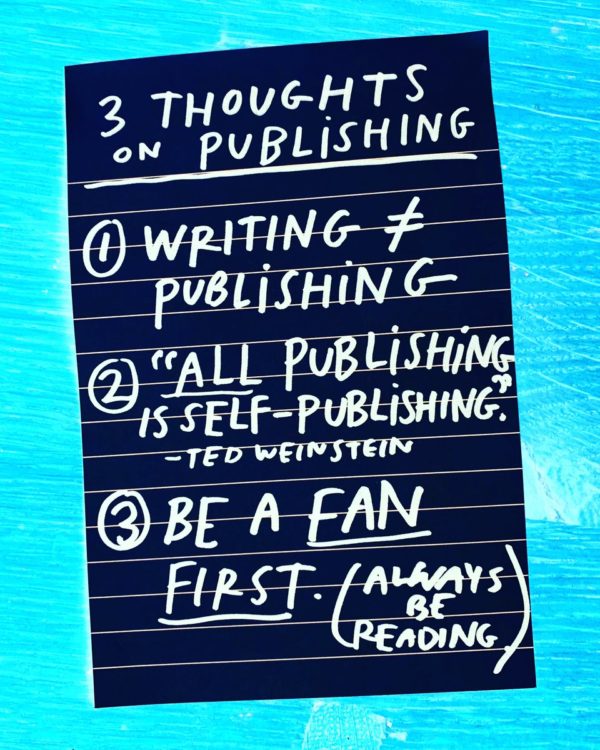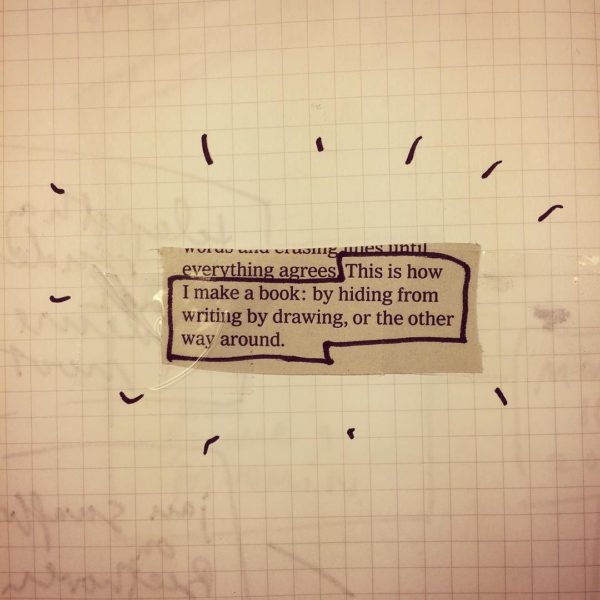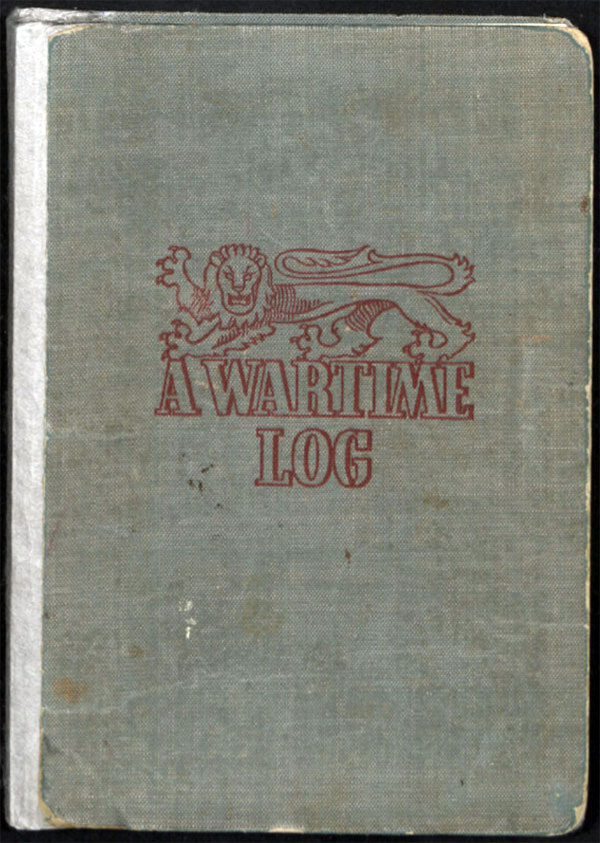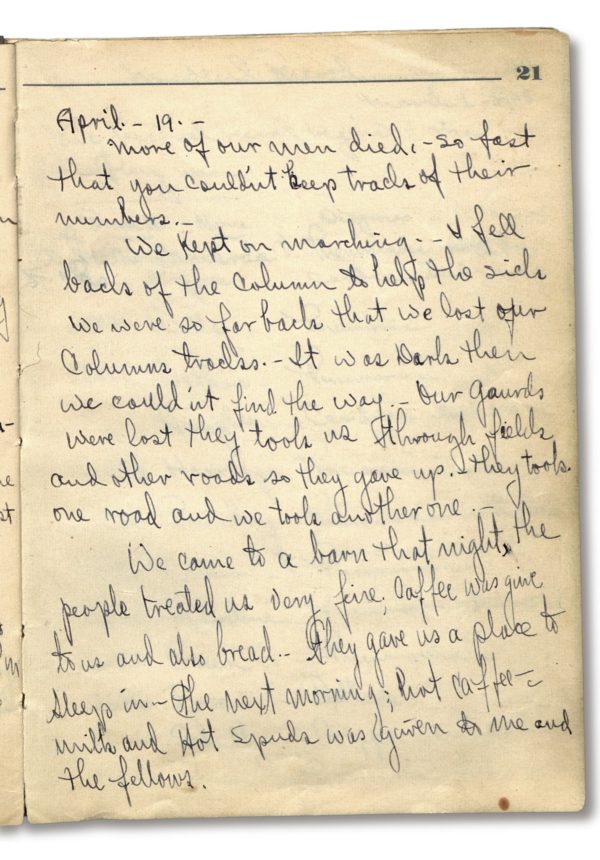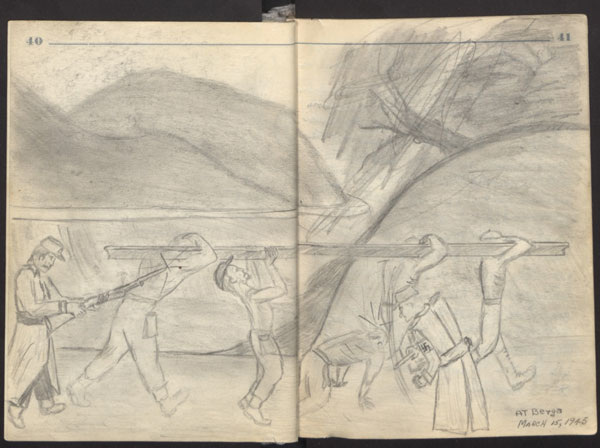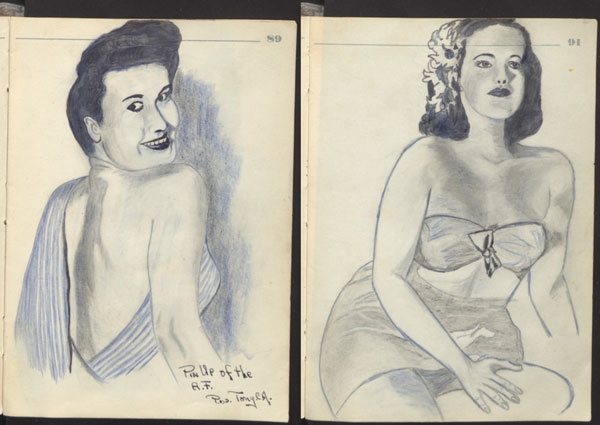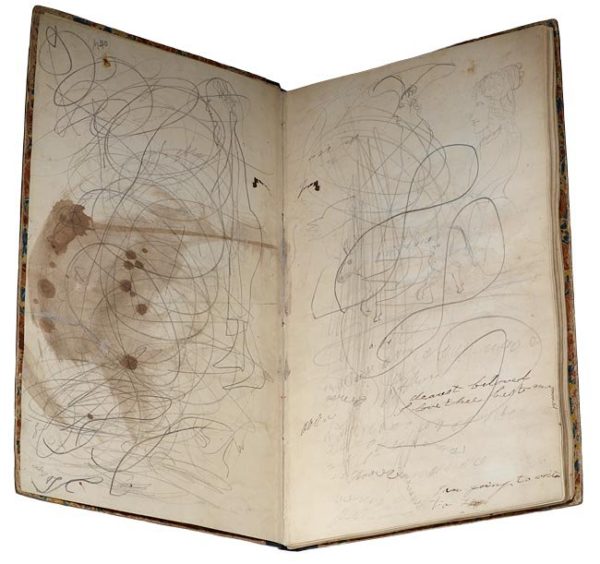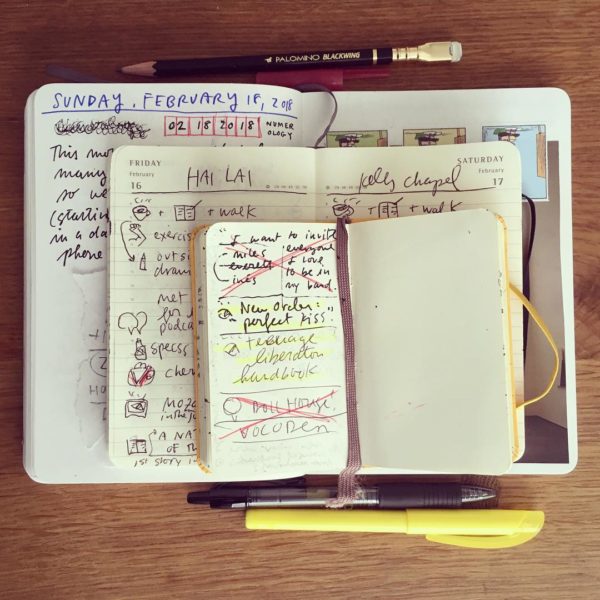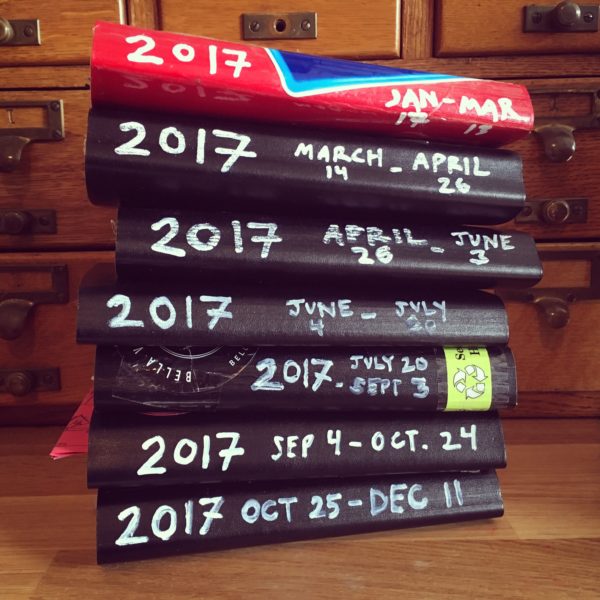“I’ve never had an overall strategy or a plan, you know? I’ve just always wanted to show off.”
—Leonard Cohen
On this day, 10 years ago, I was offered my first book deal. Sometimes I think that all anniversaries are arbitrary and to even acknowledge them is to waste time that could be spent moving forward, and sometimes I think if you don’t stop and look back once in a while, you can never understand how far you’ve come.
Three (simple) thoughts on a decade of publishing:
1. Writing and publishing are not the same thing.
“What I wish I could have told myself when I was hopeless about my writing prospects is that I should have defined artistic success in ways that weren’t shaped by forces beyond my control… Writing and publishing are two very different things… The only thing you can control is how you write and how hard you work.”
—Roxane Gay
Writing can save your life. Writing, at its best, is a way of thinking. You put words down on a page to discover who you are and what you think. Writing is an ancient practice that helps you make sense of yourself and the world.
Publishing is simply the act of making your words public. If you nail a list of demands to the courthouse door, or photocopy a zine and leave copies all over your town, or click “publish” on a blog post, congratulations, you’ve published something.
The publishing business is just that: a business. It is the business of selling books. There’s a whole world of writing and reading that goes on outside of it, and it is possible to spend a full and fulfilling life immersed in books without having a single thing to do with the business.
The publishing business, like all businesses, can be summed up in the words of William Munny, life coach: “Deserve’s got nothing to do with it.” People “succeed” in publishing based on whether their books sell, and whether their books sell really has nothing to do with their character or their intellect or whether the actual book is any good or not.
I was extremely lucky to take a “Publishing Marketplace” class from my writing mentor in my senior year of college. Afterwards I joked that if he taught it to freshman, there wouldn’t be any more creative writing majors.
Everyone who wants to be part of the book business should either work in a bookstore or a library at some point. My first real job out of college was working the reference desk at a public library. A good portion of the day was spent tracking down Danielle Steele and James Patterson novels for elderly patrons. I also spent a lot of time “weeding” — scanning books, checking their circulation records, and, if they hadn’t been checked out enough, putting them in a pile for the book sale (or the recycle bin). Comparing the circulation counts of the kind of books I read and wanted to write vs. the books that people actually borrowed and read was an invaluable part of my education.
2. All publishing is self-publishing.
“I’m not a businessman, I’m a business, man.”
—Jay-Z
My agent has at least 3 things he tells aspiring (nonfiction) authors:
- All publishing is self-Publishing
- Get famous first
- You’re CEO of your own multimedia empire
All of this can be boiled down to: Run your own show.
You’re in charge of your own show, always. Whether you self-publish or publish with a major company, you are the one who has to do most of the work. You’re the one who has to actually make up the stuff, you’re the one who has to build your audience person by person, you’re the one who has to go out there and sell the work.
Two of my favorite authors are both self-publishers, and they exist on virtually opposite ends of the commercial spectrum.
On the one, extremely lucrative end is Edward Tufte. In 1983, after Harvard University Press wouldn’t let him have a hand in the design, he took out a second mortgage on his house to self-publish The Visual Display of Quantitative Information. This led to a stunning second career after retiring from 30 years of teaching at Yale. Tufte has grossed millions of dollars from his books, and every year, he goes on the road like the Grateful Dead, selling out hotel ballrooms in cities around the country, giving his lectures. He’s stayed independent and in control throughout. The amount business he’s done out of his garage is just mind-boggling.
One the other end of the commercial spectrum is cartoonist John Porcellino, who’s been publishing his zine King-Cat for the past 30 years. John has published collections with Drawn & Quarterly, but his constant output is the zine. (He also started Spit and a Half to distribute zines and books by other creators.) Some of Porcellino’s stories have documented his struggles to make a living over the years. Recently, he’s started a Patreon, which he says has allowed him to save for the first time in his career.
Both these guys, even though they exist on opposite sides of the commercial spectrum, are about as DIY as publishing gets. I think everyone in publishing can learn something from them.
After my third book, Show Your Work!, came out in 2014, it became clear that I could probably keep eking out a living at writing for at least a few more years. But what if I couldn’t keep it up? What if I wanted to go back and get a day job and some health insurance? I took a hard look at what I was doing, and tried to lay out for myself what my show consisted of. What did I own that I could pour my efforts into that I could keep independent indefinitely? What could I do, every day, to run my show, regardless of whether I kept publishing books or not?
For me, it has always been this website and blog. (This is why I’ve been daily blogging again since October 1 last year.) My newsletter, the primary way I keep in touch with my readers, is really, in my mind, an outgrowth of this blog. It’s pretty much done the same way I started blogging in 2005: writing about what I’m thinking, pointing to stuff I love.
Every writer who wants to publish should try to think about this: What can you set up right now that is your own show that you can keep running no matter what happens?
3. Be a fan.
“I had never had any desire to be a writer. I wanted to be a reader.”
—Adam Phillips
I actually kind of hate writing books. I often tell people I became a professional writer so I could be a professional reader, and I feel like they never believe me. What I really, really love is reading books.
Everything I do has its origins in being a fan first. I was such a fan that I desperately wanted to join in the fun, you know?
I learned how to write my stuff by being real about what I loved to read. When I got out of college, I started reading the literary magazines I thought I could try to get published in, and I quickly realized that I actually sort of hated them. Why would I try to write and submit work to magazines I didn’t even like reading? (What I really loved at the time was reading comics and design books and nonfiction books.) Also, the internet seemed much more interesting to me than any literary magazine I came across. So I started a blog.
I learned how to give a talk by attending a lot of readings and talks and drawing the speakers. Some of those speakers became friends of mine because I drew them and they then helped me along.
I learned how to draw my books by drawing other people’s books.
In my work, problems of output are problems of input. If my work sucks, it’s usually because I’m not being a good enough fan. I need to read, and read voraciously, searching for that thing that’s going to get me back on track. Read books, write books, repeat. That’s the deal.
I remember sitting in the audience during readings and wanting so badly to be the person on stage. Now I find myself relishing any chance I get to be a fan again. I love pointing to people’s work and sharing the stuff that I love. I love linking to great books in my newsletter. I love sending my agent links to good writers looking for an agent. One of my far-out dreams is to have my own little publishing imprint.
All of my favorite artists and writers, they never stopped paying attention to what was going on around them. They always remained fans first.
That’s who I want to be: Someone who’s always a fan. Always a student.

Like I say in Steal Like An Artist: All fiction is, essentially, fan fiction. Great books are written by great readers. Read the books you want to read, and if the book you want to read doesn’t exist, write it.
That’s all I know. Thanks, as always, for reading.
